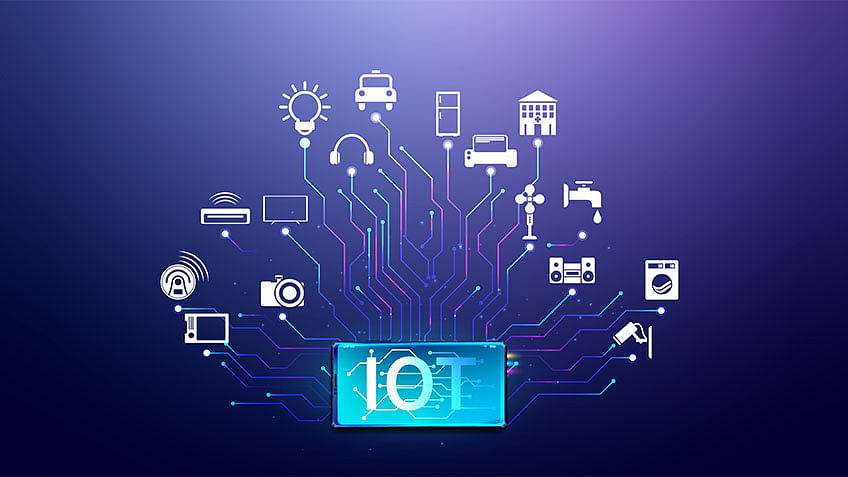While work from home happens to be the new normal amidst the pandemic, two futuristic technologies have silently been supporting the infrastructure across the globe. Well, employees are presently working remotely, or partially remote from their homes. Combining technologies like IoT and cloud computing has made this possible. Right from training to asset management and executing tasks, the integration of IoT and cloud technologies have shown a new path. In this post, you will get to know the impact of IoT on remote operations across various industry verticals.
Combining IoT and cloud computing: The modern technology for remote working As global businesses battle the ongoing infrastructural crisis amidst the pandemic to proceed towards the future, integrating IoT and cloud technologies have helped them roll out an ideal business structure. With more connected devices coming into the scenario, there would be more data pouring in. This data needs to be efficiently tackled at the cloud systems. New job roles are coming up in various industries, such as data strategists and analysts. All these people significantly depend on the cloud infrastructure. Even customer support desks of leading global brands are currently dependent on the cloud architecture significantly.
Securely monitoring the manufacturing sector across remote platforms While manual supervision has been a challenge amidst the pandemic for the manufacturing segment, remote operations integrating IoT and cloud systems have proven beneficial. IoT sensors remain connected through cloud tools and platforms. The managerial staff can gain relevant reports on the temperature of machines, usage, conditions, and other particulars. This availability of real-time data is crucial for the manufacturing sector. In case there is any breach in the threshold, the technicians are alerted by IoT devices. Besides, the maintenance schedules are also being automated to make proactive decisions and take corrective actions.
Strengthening supply chains Regardless of the industry, managing an efficient supply chain involves tracking and monitoring. In the process, fleet and warehouse managers can keep an account of their inventory and cargo. Integrating cloud computing and IoT, managers can get remote access to the necessary information. They can also efficiently manage the shipments and monitor their inventory. The advanced systems also ensure that they can efficiently deal with instances of theft and damage of goods.
Remote asset management Asset management turns out to be a tough challenge without physical proximity. However, advanced technology has enabled organizations to keep a track of their assets through the supply chain. In the process, they can gain proper details about their inventory. It also includes granular data like light exposure, tilt, container integrity, and temperature.
Remote workforce training Human resource management has become a breezy affair with the inception of cloud technology and IoT technology. Managers can now provide customized programs to the staff remotely. This keeps the most important asset of businesses - the employees updated with the necessary skills.
Conclusion The integration of cloud computing and IoT has significantly enhanced levels of productivity in several industries. Besides keeping workers equipped with the latest industry knowledge, it is possible to assure optimal management of assets as well as inventories. Altogether, new business models are more likely to embrace these technologies in running at highest productivity and efficiency levels all the time.


